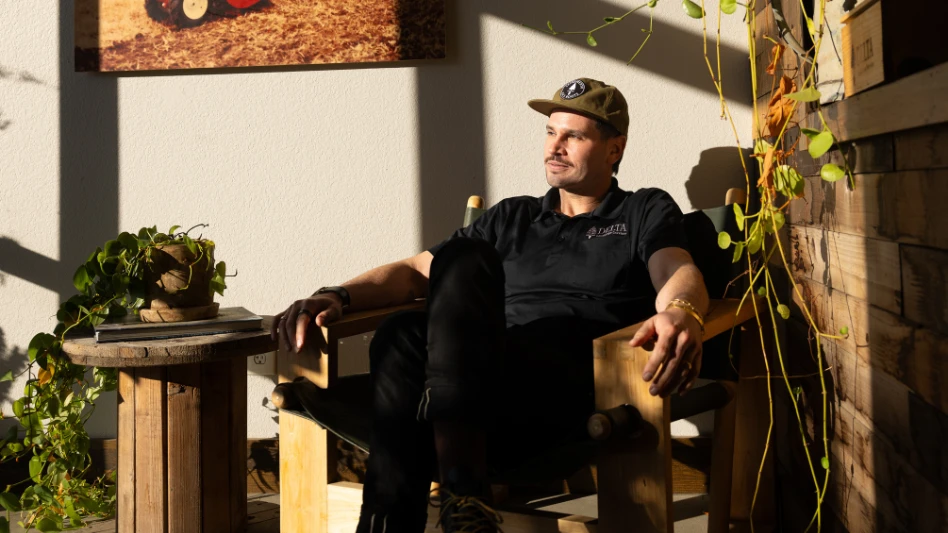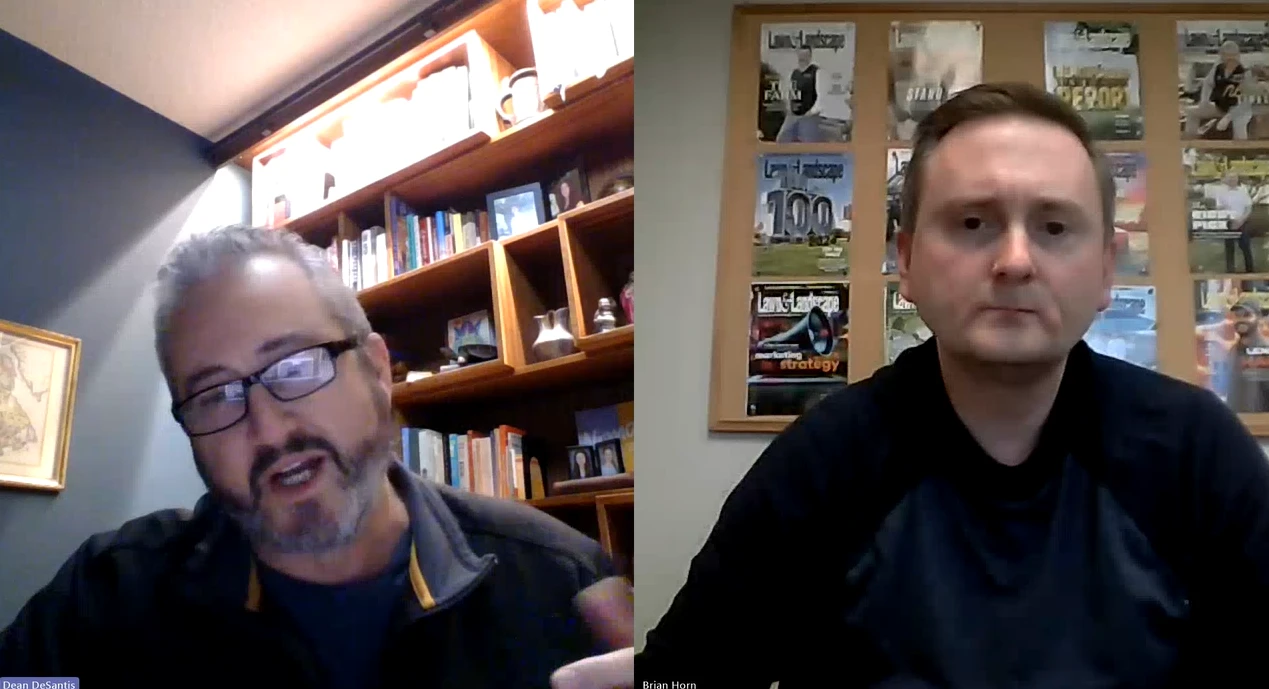The Brickman Group’s new owners are in advanced talks to purchase ValleyCrest Landscape Cos., Lawn & Landscape has confirmed. If the deal goes through, it would be the largest merger in landscape industry history, forming an industry giant doing business in all major U.S. markets.
According to the forthcoming L&L Top 100 List, Brickman ranks second, with $900,000,000 total revenue, and ValleyCrest ranks first, with $992,000,000 in 2013 revenue. Combined, the companies have 22,700 employees.
Brickman grew by 9.6 percent last year, and ValleyCrest grew 12.7 percent, according to data from the 2013 L&L Top 100 list.
Terms of the deal had not been finalized at press time on April 25, but Lawn & Landscape confirmed reports with reliable industry sources with knowledge of the deal. Officials at both Brickman and ValleyCrest did not return calls or emails seeking comment.
The acquisition would create a truly national landscape company. Brickman would gain a presence in such markets as the Pacific Northwest, Arizona and Northern California, while strengthening its longtime positions in the Midwest and Northeast.
“Looking for a place (in the map) that would need pins is pretty hard,” says Ron Edmonds, landscape industry M&A consultant and president at the Principium Group. “If you sit down and try to find a significant market the combined companies wouldn’t be in, I’d be hard pressed to give you one.”
ValleyCrest also operates in several other green industry segments, including golf course maintenance and construction, nursery operations and residential estate management. Its national maintenance business, U.S. Lawns, is ranked 9th on the forthcoming L&L Top 100 list with revenue of $195,295,000.
News of the proposed acquisition comes just a few months after Brickman was acquired by the private equity group KKR for $1.6 billion. That sale was seen as a postive for the industry.
The move is another example of the increasing interest from private equity in the landscape market.
Michael Dell’s MSD fund bought ValleyCrest in 2007 in one of the first major investments by private equity in the green industry. Since that time, the equity markets have paid more attention to the growth and recurring revenue of the landscape and lawn care markets, making investments in other national and regional industry players such as TruGreen LawnCare, TruGreen LandCare, Lawn Doctor, Terracare Associates, Landscape Workshop and the Yellowstone Landscape Group.
The closest merger in size and scope – and by a fraction – to the Brickman-ValleyCrest deal was widely seen as a flop. It came in 1999 when ServiceMaster purchased LandCare USA amid a period of heavy mergers and acquisition activity for the green industry, and less than a year after the newly formed company went public.
When combined, TruGreen and LandCare USA had revenue of more than $400 million, but ServiceMaster struggled to integrate its many acquisitions into a cohesive business, and the LandCare division has in recent years lost value. From 2008 to 2010, revenue dropped $78 million, to $238 million.
The effort was ultimately a failure, culminating the sale of LandCare in 2011 to Aurora Resurgence Capital for just shy of $38 million – a fraction of the $250 million ServiceMaster paid for it in 1999.
“I think there’s plenty of evidence that the acquisition process that Brickman has used over the last few years has been vastly more successful than the LandCare deal,” Edmonds says. “Their execution of their acquisition strategy as a company … got them a (very good) price from KKR. It’s pretty clear their execution and discipline – they didn’t go crazy paying high prices to anybody. They did better diligence on what they’re buying and better process after they were bought.
“The whole industry has learned from the LandCare issues. It’s not an easy process and you have to maintain discipline and integration is more important than any other step in the process,” Edmonds continues. “Without an integration plan … your chances for success are a lot lower.”
And that integration plan – the combining of the two largest companies in the landscape industry – will take several years, Edmonds says, and keep the new Brickman from making any other major acquisitions in the short term.
“This is a giant opportunity for regional companies – the Rupperts and Gothics and those kinds of companies,” Edmonds says. “I think they’re going to want to get bigger and stronger in the face of this kind of situation. They’re going to have less competition on buying up new deals. I think it’s a big opportunity for those kinds of companies. There clearly will be people available.”
Those people amount to approximately 20,000 employees in many overlapping markets.
“There’s going to be a lot of attrition here,” says Brian Corbett, president of the CCG Group in Atlanta, who has been involved in several sales to both ValleyCrest and Brickman. “You can’t pull together two companies with 20,000 employees and think there’s not a lot of redundancy.”
For example: The sale of Metheny Landscape in the Dallas market, which Corbett and CCG helped facilitate, brought Brickman in for about $30 million. ValleyCrest’s presence in Dallas is about $20 million, Corbett says.
“You don’t need everything in every one of those branches anymore,” Corbett says. “You just don’t.”
Latest from Lawn & Landscape
- Wilson360 adds Daniel Grange as new consultant
- Batman and business
- CH Products releases new tree stabilizer
- Savannah Bananas founder Jesse Cole to speak at Equip Exposition
- Catch up on last year's Benchmarking report
- Davey Tree promotes Kevin Marks as VP of Western operations
- Bobcat Company names 2025 Dealer Leadership Groups
- Green Lawn Fertilizing/Green Pest Solutions awards employee new truck for safe driving





